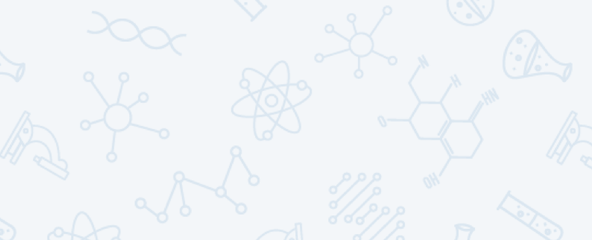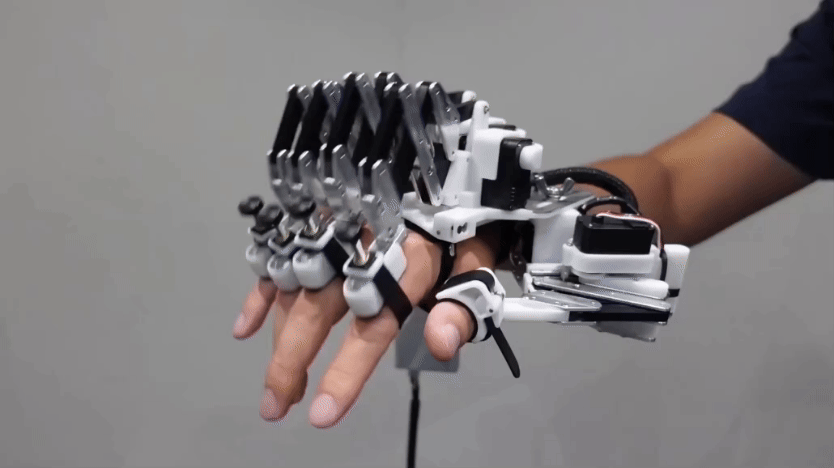

All Stories by Kathryn Hulick
-
 Artificial Intelligence
Artificial IntelligenceDeepSeek pioneers a new way for AI to ‘reason’
Chatbots answer one question at a time. Reasoning agents work through a problem step by step. DeepSeek makes this new type of AI far less costly.
-
 Tech
TechA robotic hand helps piano players’ fingers move faster
Robotic devices like this might someday help musicians, gamers, athletes or even surgeons improve their dexterity.
-
 Tech
TechMeet 5 types of robots with living body parts
Creature-machine mash-ups seem weird or even creepy. But biohybrids that make use of living tissue could be the future of robotics.
-
 Tech
TechHigh-speed lasers write data — to last millennia — inside glass
Project Silica is advancing a new way to store data — potentially forever. Some students plan to use this new media to send a message into space.
-
 Tech
TechA lucky lab accident produces Spider-Man-like silk
Researchers found a way to mimic Spider-Man’s web shooters in real life. This is the first adhesive that can stick to and lift things from a distance.
-
 Artificial Intelligence
Artificial IntelligenceWant your own AI double? There could be big benefits — and risks
People are using AI to mimic their own voice, likeness and personality. Some are excited about these new digital clones. Others worry, what could go wrong?
-
 Computing
ComputingExplainer: What is the internet?
The internet is a massive structure made up of cables, routers, exchange points, data centers, cell towers, antennas and more. All sorts of devices share data using this network.
-
 Computing
ComputingA new frontier awaits — computing with light
Today’s computers process using electrical signals. But light shows promise as a new means of computing, especially for AI.
-
 Artificial Intelligence
Artificial IntelligenceGoogle now adds watermarks to all its AI-generated content
Google’s AI-created content now hosts an invisible “signature.” A mathematical key can reveal the presence of this digital watermark, called SynthID.
-
 Artificial Intelligence
Artificial IntelligenceExplainer: What is generative AI?
New bots are emerging all the time that can create — at your direction — images, computer code, articles, ads, songs and more.
-
 Artificial Intelligence
Artificial IntelligenceThe brain of a tiny worm inspired a new type of AI
A liquid neural network mimics how neurons interact in the brain of a worm. This type of AI can better adapt to new situations.
-
 Artificial Intelligence
Artificial IntelligenceAI image generators tend to exaggerate stereotypes
The racism, sexism, ableism and other biases common in bot-made images may lead to harm and discrimination in the real world.